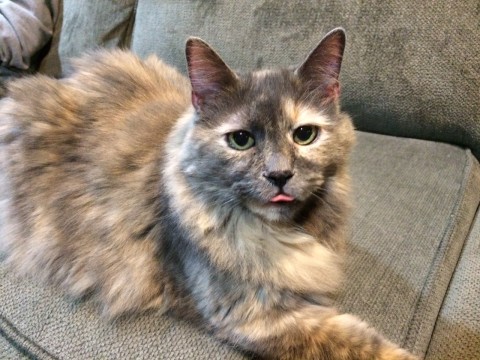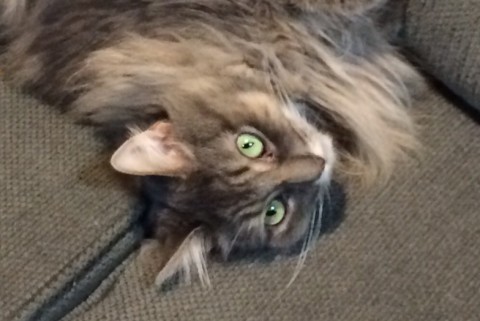Since cats are still partly wild, they often seem capricious and prone to mood swings. You might wonder why one of your cats is aggressive in certain situations, while another is just as mellow as can be in those same situations. Chalk it partly up to individual personality and disposition, but it’s also possible that cats’ coloring determines aggression, too.
If cats’ coloring determines aggression, which cats are most aggressive?
According to a story in the Independent, female calicoes are more likely to be aggressive than cats of other colors. There isn’t data on how male calicoes behave, due to how rare those cats are (you will occasionally find male calicoes, but they’re very rare due to the fact that genes for both orange fur, and black fur, are carried on the X chromosome).
Black-and-white cats tend to be aggressive when handled, and gray-and-white cats get most aggressive while visiting the vet. Veterinary scientists at the University of California, Davis, surveyed 1,274 cat parents about what color cats they had, and when those cats most often displayed aggressive behavior. It seems that this survey may have, indeed, discovered that cats’ coloring determines aggression, at least to some degree.
What are the ideal colors for low levels of aggression?
The ideal colors, then, are solid black, gray or white, or tabby. That is, at least according to this study of whether cats’ coloring determines aggression. Gizmo, our solid black cat, does not like to be handled at all. She will claw and hiss, and sometimes even bite, unless we’re handling her on her express terms.
Kali’s a gray tabby, and she can be very affectionate, but she, too, only enjoys it on her terms. Her terms, however, come far more frequently than Gizmo’s. Chase is a black-and-brown tabby, and he’s a lot like Gizmo, except he doesn’t get aggressive when he doesn’t want to be handled. He just tries to get away.
Of all our cats, Aria is our most mellow, and will put up with an awful lot of petting, holding, hugging, and carrying, than our other three cats. She’s a dilute tortoiseshell, which isn’t mentioned in this article.
If it’s true that cats’ coloring determines aggression, then perhaps this could help people with deciding on a cat to adopt. It’s best to adopt a cat with a temperament that’s suited to your own lifestyle and home situation. For instance, if you have small children, you’ll want a cat that’s easygoing, mellow and tolerant. If calicoes truly don’t tolerate handling as well as, say, a solid white cat, then you can avoid calicoes that could snap at your children, just for being children.




